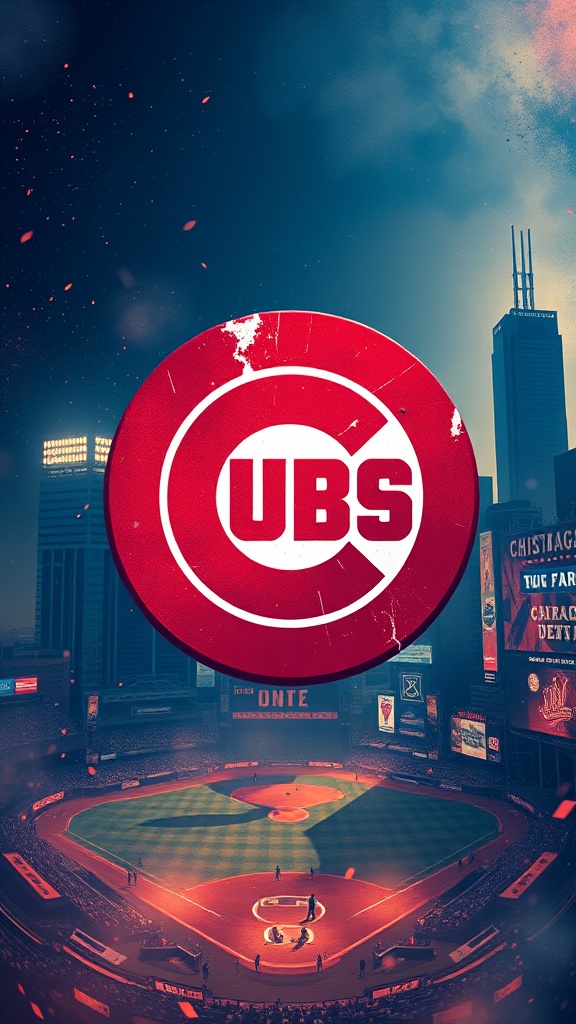Wrigley Field and the Chicago Cubs remain synonymous with tradition, passion, and one of the most recognizable fan experiences in baseball. Whether you’re a lifelong devotee or a newcomer drawn by the stadium’s ivy-covered walls and rooftop views, the Cubs offer a blend of storied history and modern evolution that keeps the franchise relevant and compelling.

A blend of tradition and modern strategy
The Cubs balance their rich heritage with contemporary roster-building strategies. Front-office decision-making blends scouting, analytics, and player development to create a competitive roster that mixes homegrown talent with targeted additions.
That approach supports sustained competitiveness while honoring the local and national profile that comes with playing in Chicago.
Player development and the pipeline
Emphasis on the farm system remains a central pillar. Prospects who rise through the organization often receive tailored development plans focused on mechanics, velocity and command for pitchers, and plate discipline and situational hitting for position players. International scouting continues to be an important avenue for discovering talent, and the organization invests in coaching and facilities to accelerate growth from the lower levels to the big-league roster.
Pitching focus and bullpen depth
Like many successful clubs, there’s a clear premium on pitching. The team prioritizes starting pitchers who can generate strikeouts and limit hard contact, while the bullpen strategy favors versatility and matchup-based usage. Developing multi-inning relievers and high-leverage arms provides tactical flexibility for managers navigating the long season.
Veteran presence and leadership
Veterans play a significant role in shaping clubhouse culture. Experienced players provide mentorship to younger teammates, contributing to resilience during tough stretches and fostering a clubhouse atmosphere focused on preparation and accountability.
That blend of experience and youth helps maintain competitive balance through inevitable roster turnover and injuries.
Wrigley Field: an unmatched fan experience
Attending a game at Wrigley Field is about more than the box score. The neighborhood energy, rooftop seats, and the iconic ivy-covered outfield walls create a unique atmosphere. Fans often arrive early to soak in the vibe, visit local eateries, and participate in pregame rituals.
Night games at Wrigley carry a special cast-iron charm thanks to the glow of the lights and the collective energy of generations of supporters.
Tips for visiting fans
– Plan for crowds: Popular matchups draw strong attendance, so arrive early to avoid long lines and to enjoy the park’s ambiance.
– Explore the surroundings: The neighborhood offers bars, restaurants, and rooftop views that add to the overall experience.
– Know your seat options: From intimate bleachers to premium club seats, there are different ways to enjoy the game depending on budget and preferences.
Community and city connection
The Cubs remain deeply connected to the Chicago community through outreach, youth programs, and local partnerships. That civic engagement enhances the team’s presence beyond the diamond and helps sustain a multigenerational fan base across the metropolitan area and beyond.
Why the Cubs matter
Between iconic ballpark moments, a commitment to player development, and an enduring bond with fans, the Cubs represent a blend of baseball’s past and its future. For fans following the season, the team offers ongoing storylines — from breakout prospects to strategic roster moves — that keep interest high and optimism alive.
Whether you follow every pitch or just enjoy the spectacle of a day at the park, the Cubs deliver a rich, evolving experience that continues to capture attention.